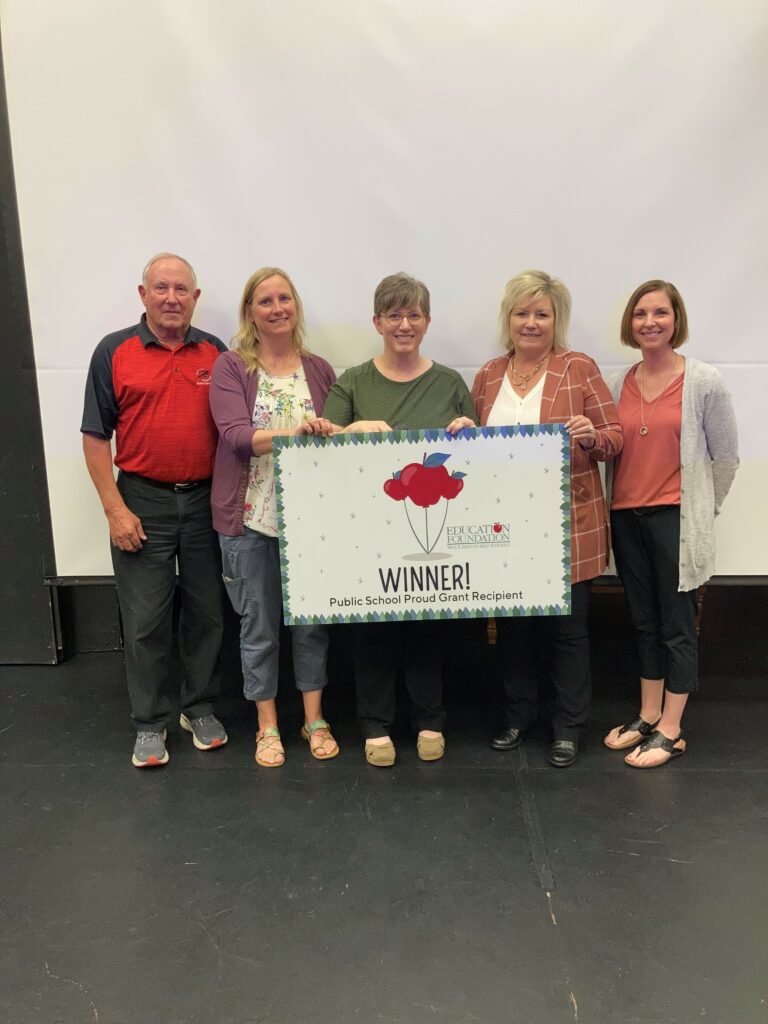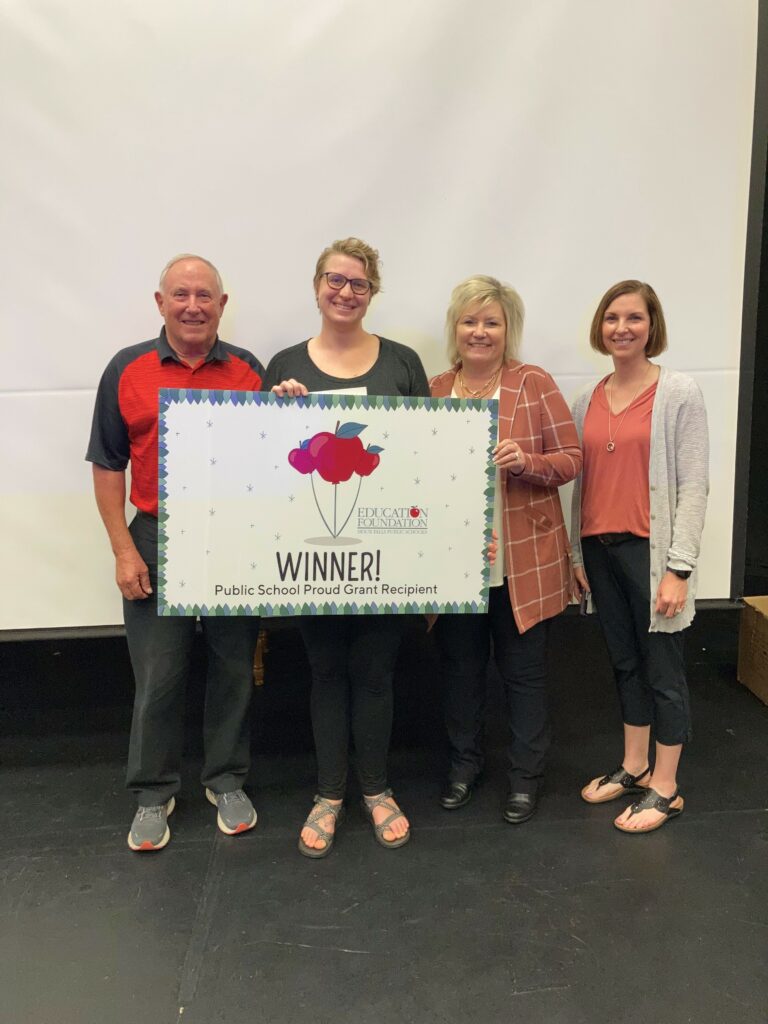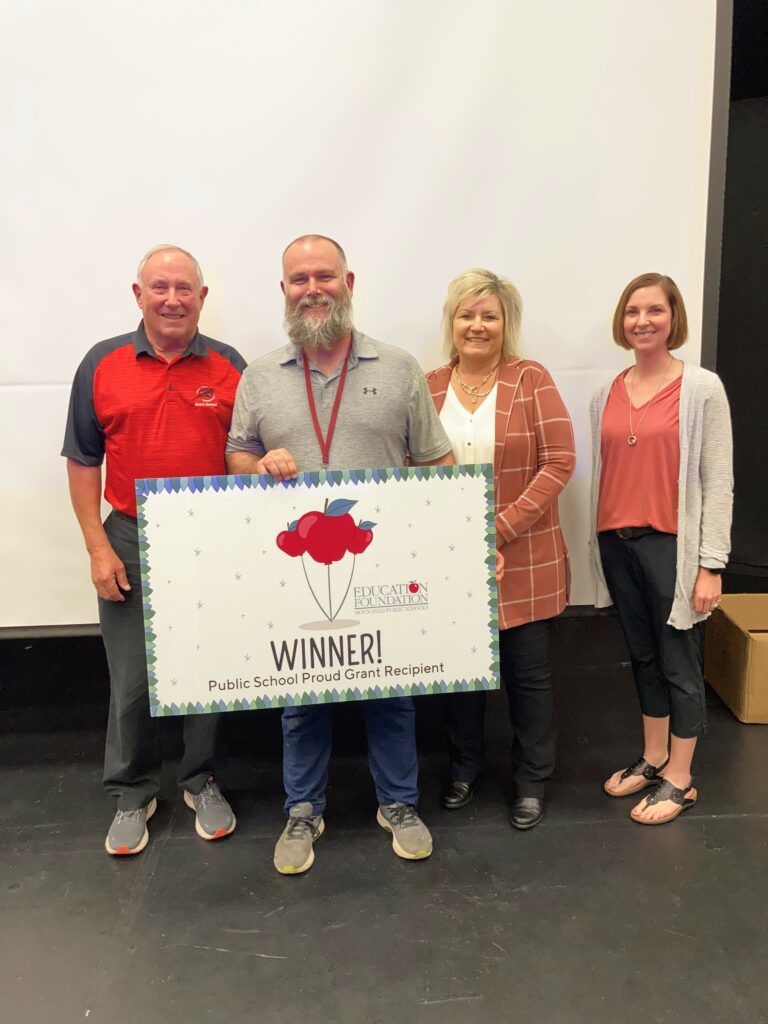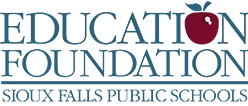
Nicole Fette and Michelle Clayberg received $1,277.66 for their proposal, “Building Skills for Success in School and Life.” This grant will serve students in grades 9-12 who are enrolled in the Jobs for America’s Graduates (JAG) Program. They will purchase copies of the books Top 20 Teens and 7 Habits of Highly Effective Teens. In the proposal, they wrote, “The Top 20 Teens curriculum offers role-playing scenarios and anecdotal stories with activities that immerse students in real-life situations, such as job interviews, conflict resolution, and making good choices. Students referred to the JAG program are often some of the most at-risk youth in our communities. The supports embedded in JAG exhibit 40+ years of proven dropout prevention success and help change the face of the future for students and their families.”

Shaina Harris received $1,411 for her proposal, “Vocational Skills Coffee Shop.” In the application, she wrote, “Our vocational skills program is a work-skills program that teaches students with disabilities the importance of having a job. Opening a school coffee shop will offer students the opportunity to learn new skills that will be of benefit to them. We focus on everyday math, learning a job, career readiness, money management, and everything else that affects a career, such as transportation, time management, appearance and grooming, professional communication, etc. Opening a student-run coffee shop will address many teaching standards in the vocational skills curriculum and prepare our students for success when they seek employment.”

Chris Updegraff received one of our largest grants this year. He will use $6,289.90 to purchase 40 brake stations that will be used by more than 100 students in his automotive classes. In the application, he wrote, “This grant will provide the finances to purchase materials to create 40 individual brake stations: 20 for a front caliper and rotor design and 20 for brake drums and shoes. Students will learn the tasks of brake disassembly and reassembly as they complete the procedure at each brake station. This project is innovative because it allows students to work with one partner, increasing time on task and student engagement. Students will be able to help each other learn the tasks of disassembly and reassembly, which mirrors the automotive industry and prepares students for automotive careers after high school. This project also incorporates cross-curricular instruction, as the Introduction to Welding students will weld the brake component mounts that are necessary for the brake stations.”
